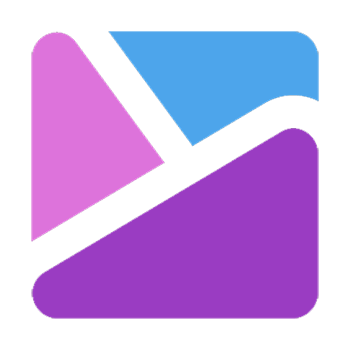
The assumption was that providing an alternative way for employees to obtain coffee and tea would enhance their office experience by reducing work disruptions and eliminating the need to wait in long lines at the cafeteria or canteen.


I began with generative research, interviewing four demographically representative users to gather insights about their experiences. These initial interviews explored user behaviors, habits, and opinions regarding work breaks.
This is Coffice
The coffee ordering App for the office (POC)
Coffice is an application that enables you and your colleagues to conveniently order drinks and snacks from your local cafeteria or canteen and have them delivered directly to your desks.
Coffice (POC)
Client
1 week design bootcamp at GA, London 2018
Timeline
1 Designer (Solo)
Team
UX/UI Designer
My role
Main takeaways from the interviews:
-
Time Constraints: Busy schedules and long meetings made it difficult to take breaks and enjoy refreshments.
-
Accessibility Challenges: Depending on office layout and job type, leaving desks to get coffee, especially during peak hours, was difficult.
-
Social Interaction: Some users valued coffee/tea breaks as opportunities to socialize and de-stress, therefore disliking the idea of remote ordering. The primary friction point remained waiting in line.
Competitor analysis:
A feature inventory, based on leading food and beverage brands, helped define the MVP's essential and potential features. A heuristic evaluation of competitor apps, using a Pluses and Deltas analysis, revealed best practices and areas for improvement in usability and UI design.
Happy journey:
A simple user flow outlined the five steps required for a user to complete a purchase. This process emphasized procedural thinking over interface design and revealed potential friction points.
User testing:
I then developed a mid-fidelity prototype, which proved valuable for communicating the design vision and obtaining early feedback from stakeholders. Following further usability testing, including a guerrilla testing session with five users at the company cafeteria, and an additional round of iterations, all identified issues were addressed before I proceeded to the high-fidelity design phase.
More testing and iterations:
During the high-fidelity prototyping phase, I identified an opportunity to improve the product selection process. By repositioning product categories above the list of individual items, I created a quicker and more intuitive user experience. Subsequent testing confirmed the effectiveness of this redesign. A progressive onboarding process was also implemented to facilitate user information collection, payment method setup, and preferred cafeteria selection.
The Coffice proof of concept demonstrated a highly practical solution. Users can purchase and customize a drink in just four clicks from login, with delivery to their desk. A "Click & Collect" option is also available for those preferring a brief break but wishing to avoid queues.


Prototyping:
Initial wireframes and paper prototypes helped me explore different MVP solutions during the ideation phase. These deliverables were used to quickly test the user flow, revealing the best strategy. Minor revisions were then made before creating a digital prototype.






Liked what you've seen?
Let's work together,
say hi! 👋

